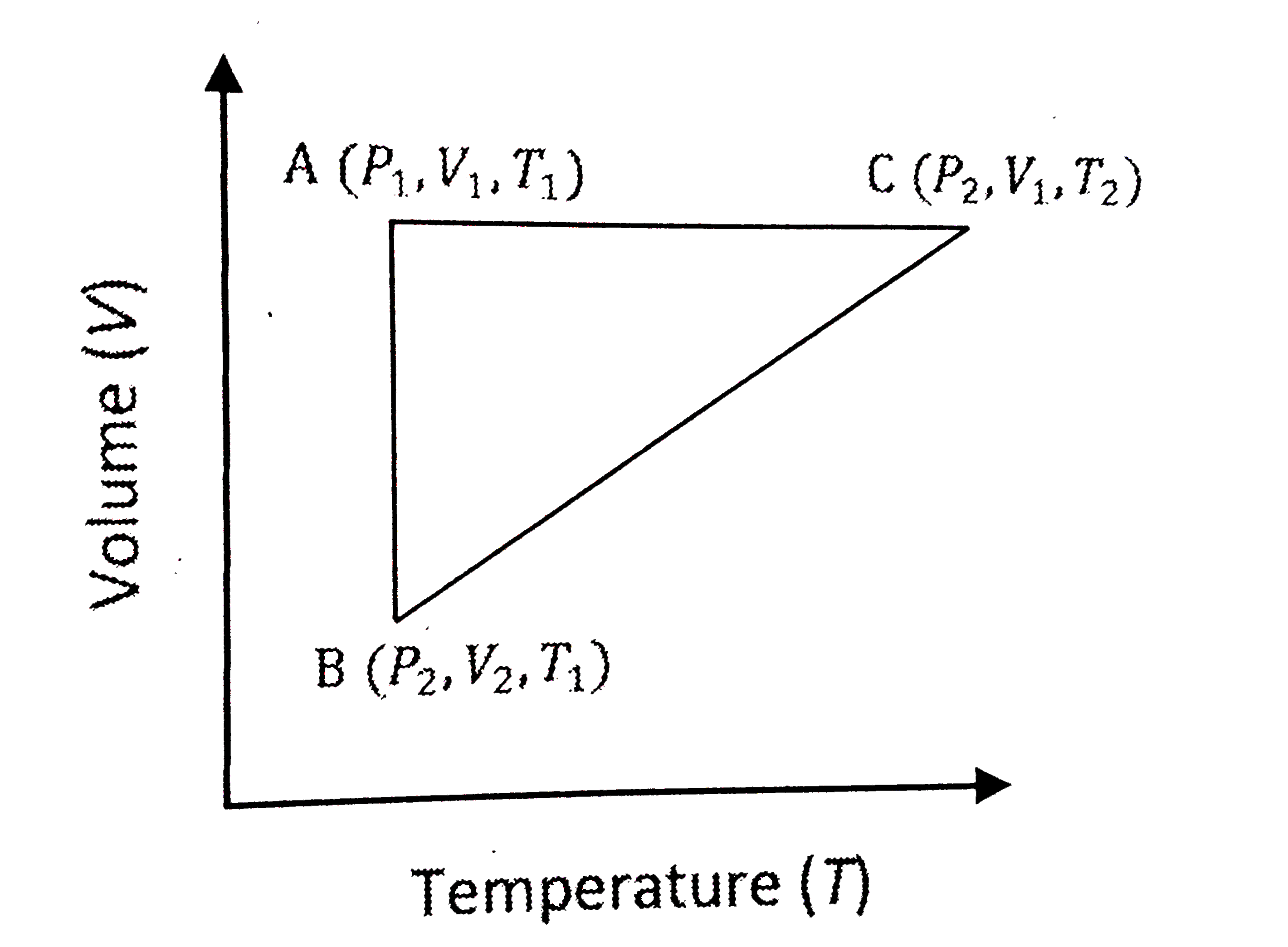Which of the following are not state functions ?
Temperature, entropy, heat, work, enthalpy, internal energy.
false
Topper's Solved these Questions
- CHEMICAL THERMODYNAMICS BOOK - ICSECHAPTER - CHEMICAL THERMODYNAMICS EXERCISE - FILL IN THE BLANKS. TYPE QUESTIONS
20 Videos
- CHEMICAL THERMODYNAMICS BOOK - ICSECHAPTER - CHEMICAL THERMODYNAMICS EXERCISE - ASSERTION -REASON TYPE QUESTIONS
9 Videos
- CHEMICAL THERMODYNAMICS BOOK - ICSECHAPTER - CHEMICAL THERMODYNAMICS EXERCISE - OBJECTIVE (MULTIPLE CHOCE) TYPE QUESTIONS
59 Videos
- CHEMICAL BONDING AND MOLECULAR STRUCTUREBOOK - ICSECHAPTER - CHEMICAL BONDING AND MOLECULAR STRUCTUREEXERCISE - NCERT TEXT-BOOK EXERCISES ( WITH HINTS AND SOLUTIONS)
47 Videos
- CLASSIFICATION OF ELEMENTS AND PERIODICITY IN PROPERTIESBOOK - ICSECHAPTER - CLASSIFICATION OF ELEMENTS AND PERIODICITY IN PROPERTIESEXERCISE - NCERT TEXT-BOOK. EXERCISE (With Hints and Solutions)
63 Videos
Similar Questions
In which of the following process work behaves as state function :
View SolutionHow many of the following are state function:
(i) Internal energy (ii) Heat (iii) Enthalpy (iv) Entropy
(v) Pressure (vi) Temp. (vii) volume (viii) work
(ix) specific heat capacity (x) molar heat capacity
View SolutionThe relationship between enthalpy and internal energy change is
View SolutionWrite the units of enthalpy, entropy and free energy
View SolutionSort out the intensive and extensive properties among the following:
Temperature, mass, specific heat, density, enthalpy, entropy, concentration, free energy.
View SolutionEnthalpy change equal internal energy change when
View SolutionWhich of the following statement is incorrect.
(i) Entropy is measure of disorder.
(ii) Entropy is not a state function.
(iii) Entropy is expressed in the units of J/K/mol.
(iv) The spontaneous process always accompanies the decrease in free energy.
View SolutionIdentify the state functions and path functions out of the following enthalpy, entropy, heat, temperature, work, free energy
View SolutionA reversible cyclic process for an ideal gas is shown below. Here, P, V, and T are pressure, volume and temperature, respectively. The thermodynamic parameters q, w, H and U are heat, work, enthalpy and internal energy, respectively.

The correct option (s) is (are)
View SolutionHow many of these properties are intensive here Temperature, Refractive index, density, enthalpy, entropy, molar heat capacity, Gibb's free energy, pH.
View Solution
